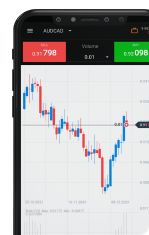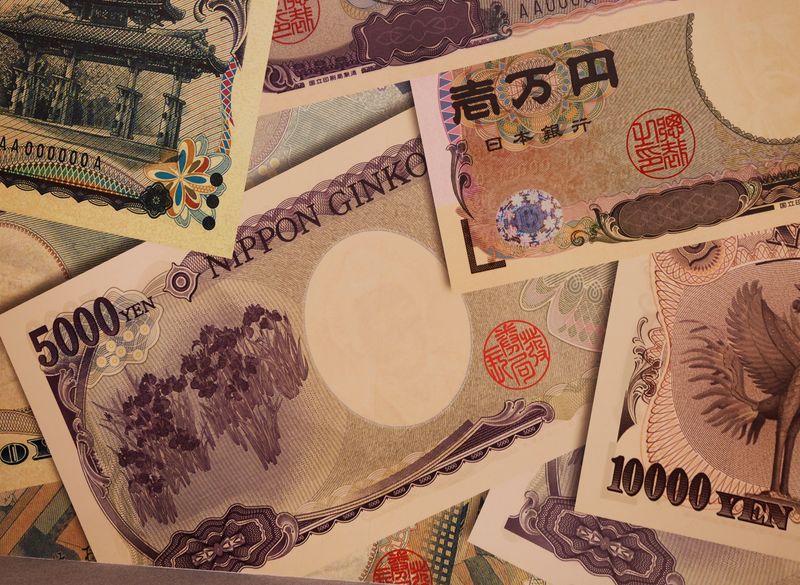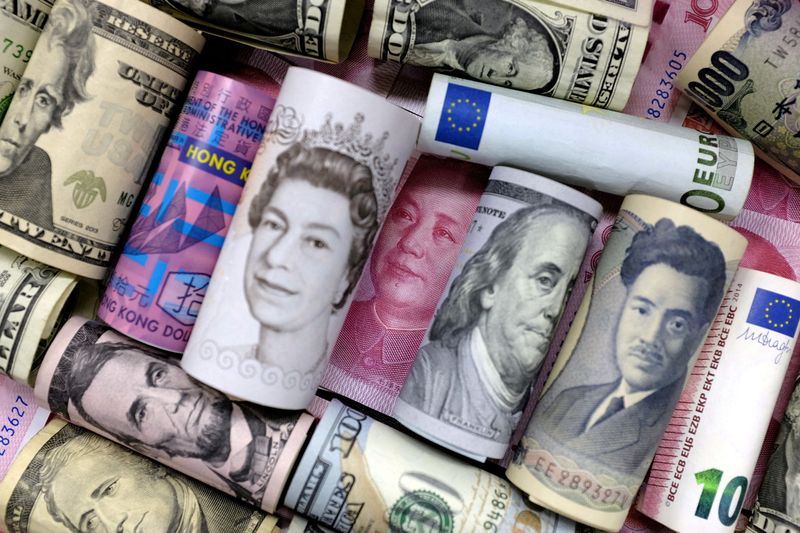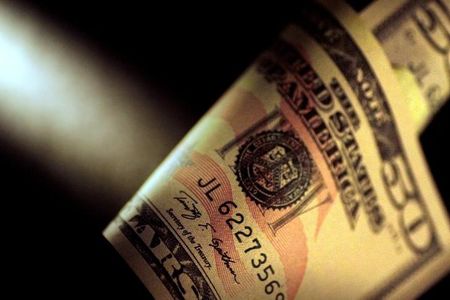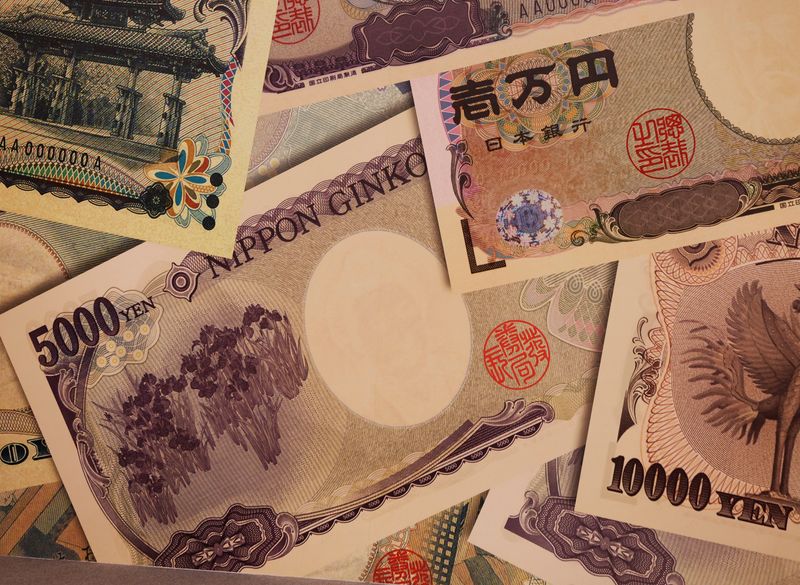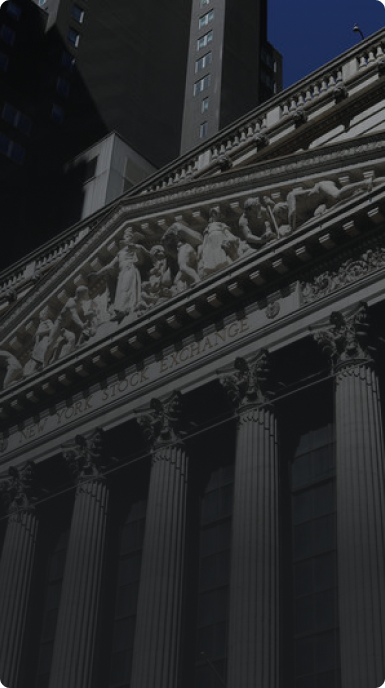Invest now
Trade stocks, indices, currencies and cryptocurrency. Reliable. Innovative. Profitable.
Sign up






Register in your personal account
Open a trading account and select the type of trading platform
Top up your account in a convenient way
Start trading and earn money on the financial markets
Company benefits
Personalized service

Get the right service range to meet your trading needs and expectations.
Large selection of instruments

Assets of the world's largest stock exchanges, the opportunity to invest in stocks, commodities, indices or currencies.
Complete protection of your assets

Reliable banking partners will ensure that your right to your privacy is protected.
High-quality training

Good results are provided by regular webinars and personalized training from our experts.
Safety is our priority

The investment security policy developed by us will provide high quality service and guarantee maximum safety of your assets.
Invest smartly
More than 150 trading tools for Forex trading. Invest in the world's best venues through popular trading platforms.
Our services
Personal consultant
Work with a personal investment advisor and secure a guaranteed income.
Learn more
Market News
Stay up to date with the latest developments. Latest news, analytics and events.
Trading tariffs
A simple way to maximize your finances. Choose the tariff that best suits your needs.

Premium
10 000$
- 24/7 support
- Personal manager
- Account insurance
- Collective transactions

VIP
20 000$
- 24/7 support
- Personal manager
- Account insurance
- Collective transactions
- Customized business plan



